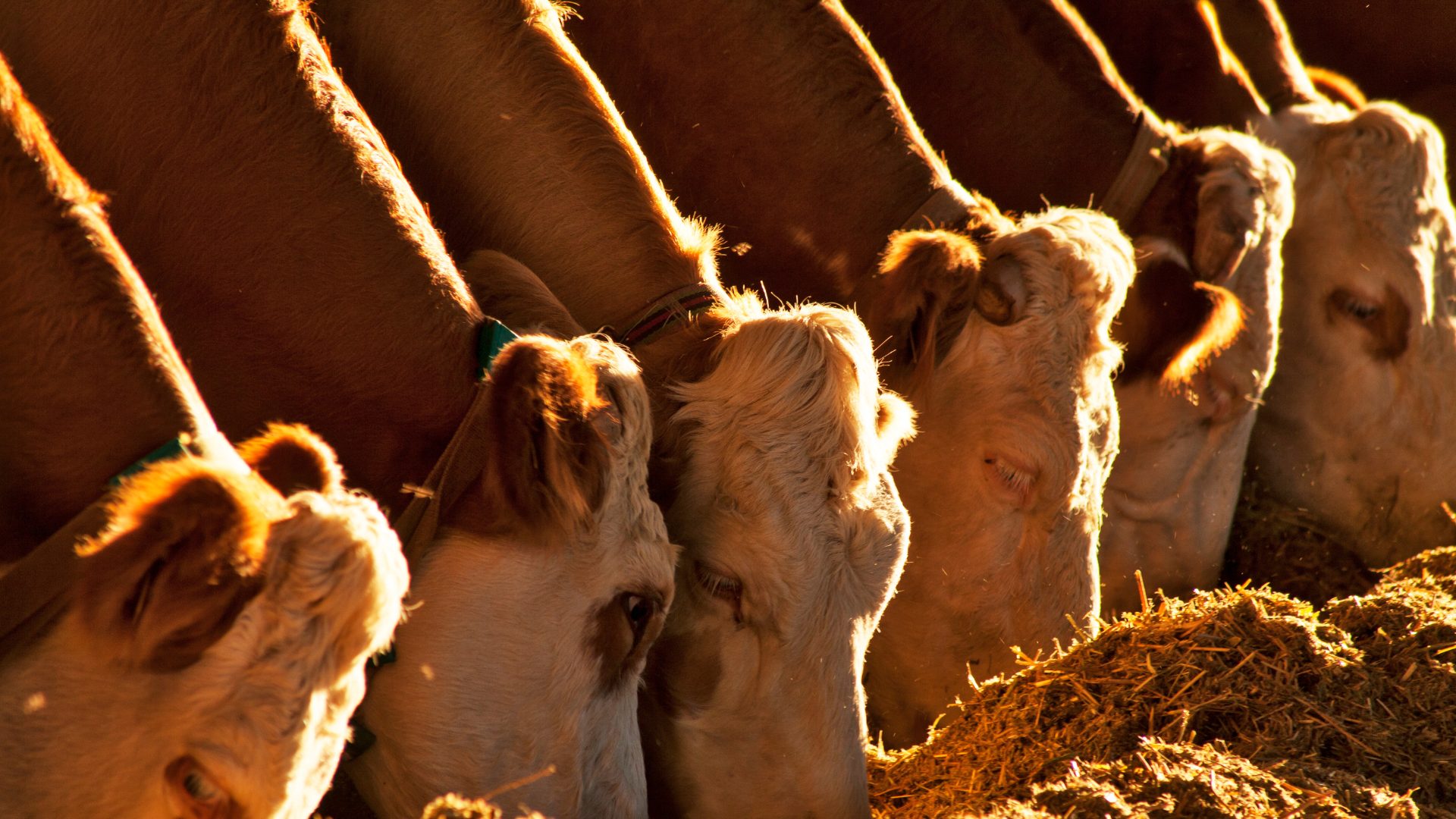Eggs and bacon or sausage: The traditional American breakfast – or at least it used to be.
The Wall Street Journal recently reported that the pork industry currently is so efficient, it’s producing more meat than anyone wants to eat, and that could mean bad news for the economy.
The National Pork Producers Council reported that in 2021, pork producers marketed more than 140 million hogs worth more than $28 billion in gross receipts. By the time the animals were processed, the value grew to more than $35 billion in personal income and more than $57 billion in value added gross domestic product. Those 66,000 pork producers generated 610,000 jobs by the time “the other white meat” hit breakfast, lunch and dinner tables.
Industrial-scale hog farms steadily have increased crop yields, doubling pork production since the 1980s. The USDA has estimated 125 million hogs will be slaughtered this year, producing 28 billion pounds of pork. The top-producing state, Iowa, has more hogs than people.
Reportedly, young consumers just aren’t buying as much pork as older people.
Plus, impressions persist that pork needs to be cooked at a high temperature, which can make the meat tough and unappealing. The USDA, however, lowered its recommendation for cooking whole cuts to 145 degrees in 2011 following improvements in pig-raising techniques to reduce the danger of trichinosis.
“When cooked right it can be better than a steak,” Alexis Fenstermacher, 25, of Philadelphia told the Journal.
Pork was America’s second favorite meat until 1986 when it was overtaken by chicken.
“We are losing consumption, that’s a fact,” David Newman, senior VP for market growth for the National Pork Board, told the Journal. “We need to make pork relevant with the future consumer.”
Todd Cleppe, executive engineer and sales at C-FAB LLC, a food packaging company, said the current pork glut could lead to farmers reducing the number of animals in the pipeline.
“From a processor’s perspective, slashing the number of animals on feed could lead to a decrease in operational efficiency, as many facilities are designed to operate at or near capacity for cost efficiency,” Cleppe told The Food Institute. “Lower throughput could lead to higher per unit costs, which might be passed along to consumers or absorbed by processors, squeezing margins. In the broader context, reduced farming and processing activity could decrease demand for related goods and services, including specialized equipment and maintenance services.”
The Journal reported some industry experts feel expanding sales to Europe is the answer. The pork board is also revising its approach to advertising, focusing on digital ads.
Producers are looking toward innovation, like Smithfield, which is working on a quick-cook bacon, while Tyson is trying to increase lunchmeat production.
“We’re doing a targeted approach, identifying markets and targeting individuals with recipes,” Newman told the Journal. “We need to remind them there is pork beyond bacon.”
Whether the current problems will tip the overall economy into recession is an open question.
“It certainly adds strain to an already complex economic equation,” Cleppe said. “The agricultural sector is a significant pillar of the economy, and disturbances within it can indeed influence consumer prices, trade balances, and even monetary policy considerations.
“However, considering the resilience and adaptability of the food production industry, as demonstrated in the past, it’s plausible that with strategic interventions and innovations in how pork is processed, packaged, and consumed, the industry could mitigate some of the negative impacts.”
The Food Institute Podcast
It’s been a rough four years for the modern grocery consumer – first, the pandemic shifted many consumer habits and subsequent inflation challenged their budgets. Alex Trott, director of insights with 84.51°, helps break down current pain points and opportunities that consumers are facing, including increased anxiety, stretched finances, and a need for omnichannel solutions.












